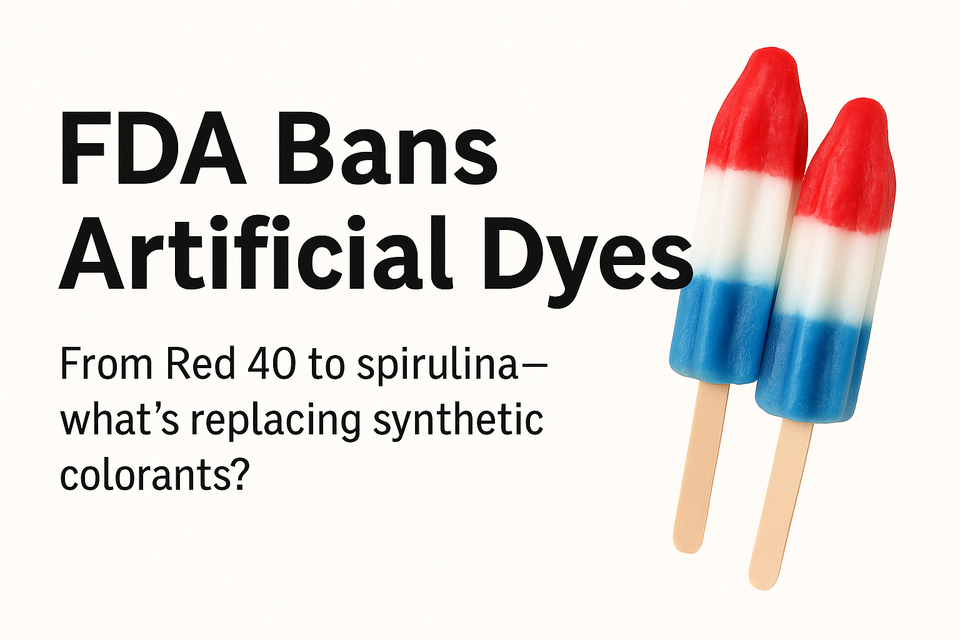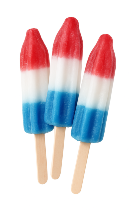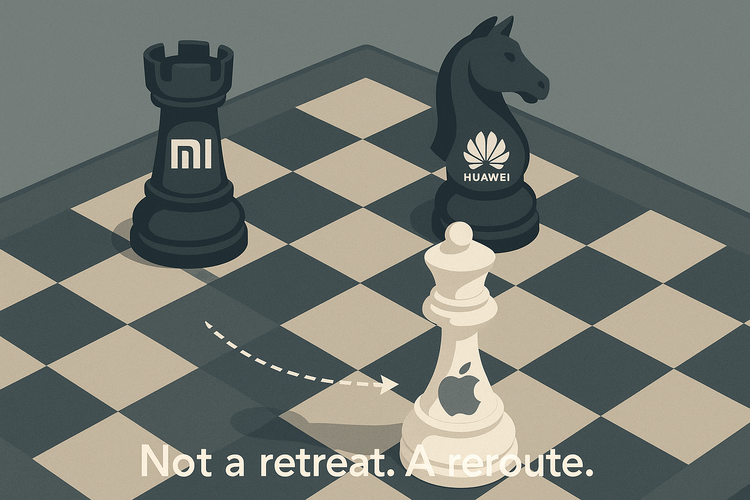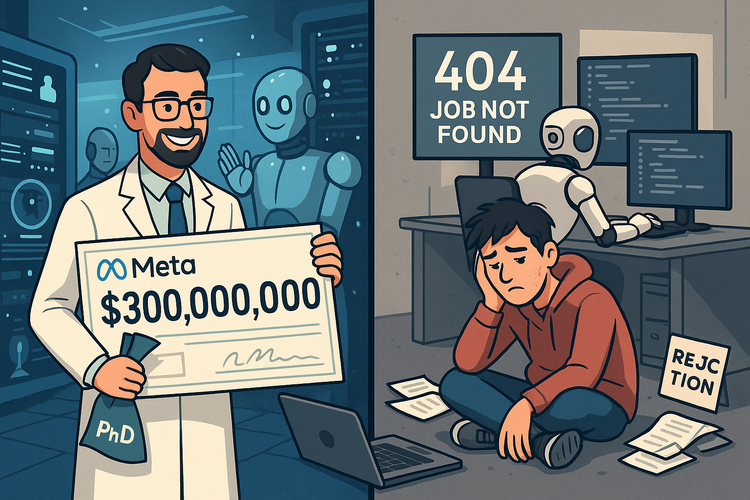Why the U.S. Is Banning Artificial Food Dyes—and What Comes Next

Summary
The FDA is banning 8 artificial food dyes by the end of 2026.
From Pop-Tarts to Doritos, big brands are racing to reformulate.
But replacing petroleum-based dyes isn’t cheap—or easy.
Here’s what this shift means for consumers, suppliers, and global brands.
Introduction: The End of Artificial Colors?
In April 2025, the U.S. FDA announced a sweeping plan to phase out eight petroleum-derived food dyes by the end of 2026. The move, part of the “Make America Healthy Again” initiative led by HHS Secretary Robert F. Kennedy Jr., follows years of growing scrutiny over synthetic food additives.
This isn’t the first regulatory shakeup. California already banned FD&C Red No. 3 in 2023, with at least 10 other states preparing similar action. Now, the FDA is going national—with deadlines for compliance set for January 2027 (food) and January 2028 (pharmaceuticals). Even imported goods won’t be exempt.
Trend Breakdown
1. The Banned List
By late 2026, these 8 dyes will be pulled from shelves:
| Dye | Common Use | Health Concern |
|---|---|---|
| Red No. 40 | Candy, soda, cereals | Linked to hyperactivity in children |
| Yellow No. 5 | Snacks, drinks | Allergy & ADHD risks |
| Yellow No. 6 | Sweets, cereals | Tumor formation in animal studies |
| Blue No. 1 | Ice cream, beverages | Behavioral issues in kids |
| Blue No. 2 | Candy | Brain cancer in lab rats |
| Green No. 3 | Candy, beverages | Reproductive organ tumors (rats) |
| Orange B | Sausage casing | Potential carcinogen |
| Citrus Red No. 2 | Orange peel | IARC 2B carcinogen |
Red No. 40 alone appears in nearly 39,000 products sold in the U.S.
2. Natural Alternatives on the Rise
As the FDA revokes approvals, companies are exploring plant-based substitutes like:
- Butterfly pea flower extract (blue)
- Gardenia blue
- Matcha & chlorophyll (green)
- Spirulina & turmeric (multi-color)
But these replacements have tradeoffs: they’re sensitive to heat, light, and pH—and often cost 10x more than synthetics.
3. How the Industry Is Responding
- PepsiCo has removed artificial dyes from 60% of its portfolio; Lay’s and Tostitos will follow by end-2025.
- Unilever replaced Red 40 and Blue 1 in Popsicles with spirulina and turmeric extract.
For example, Popsicle’s Firecracker Ice Pops used to rely on Red 40 and Blue 1 for their bright colors. Today, they use spirulina extract, turmeric oleoresin, and vegetable juice instead—natural ingredients that meet new FDA guidelines. - Kellanova (formerly Kellogg) reformulated Nutri-Grain bars using vegetable juices instead of synthetic colors.

How artificial dyes are replaced
Popsicle Firecracker Ice Pops
Ingredient list in database
| Before Change | After Change |
|---|---|
| Water | Water |
| High fructose corn syrup | High fructose corn syrup |
| Corn syrup | Corn syrup |
| Sugar | Sugar |
| Lemon juice (<1%) | Lemon juice (<2%) |
| Raspberry juice concentrate | Ascorbic acid (vitamin C) |
| Ascorbic acid (vitamin C) | Dextrose |
| Dextrose | Malic acid |
| Malic acid | Citric acid |
| Citric acid | Vegetable juice (for color) |
| Guar gum | Guar gum |
| Modified cellulose | Red raspberry juice concentrate |
| Natural and artificial flavor | Modified cellulose |
| Locust bean gum | Natural and artificial flavor |
| Red 40 | Spirulina extract (for color) |
| Blue 1 | Turmeric oleoresin (for color) |
| Cherry juice concentrate | Cherry juice concentrate |
Data sources: U.S. Food and Drug Administration (FDA), The Wall Street Journal (WSJ)
Why It Matters
- Cost Shock Ahead
Natural dyes are pricier and less stable. MarketWatch estimates an added annual household food cost of $5,000–$9,000. - Supply Chain Overhaul
Securing natural pigment sources—often from overseas botanicals—requires a new logistics ecosystem. - Innovation Opportunity
As regulators tighten, brands that preemptively adapt can claim leadership in “clean label” positioning. - Global Ripple Effects
Since imports are subject to the same ban, global manufacturers must comply or risk U.S. market access.
Takeaways
- The U.S. is taking a hard stance on artificial dyes.
- Food giants are moving fast to reformulate—but the road to natural coloring is costly and complex.
- For suppliers and manufacturers, this is both a challenge and a rare opening to lead the clean label movement.



